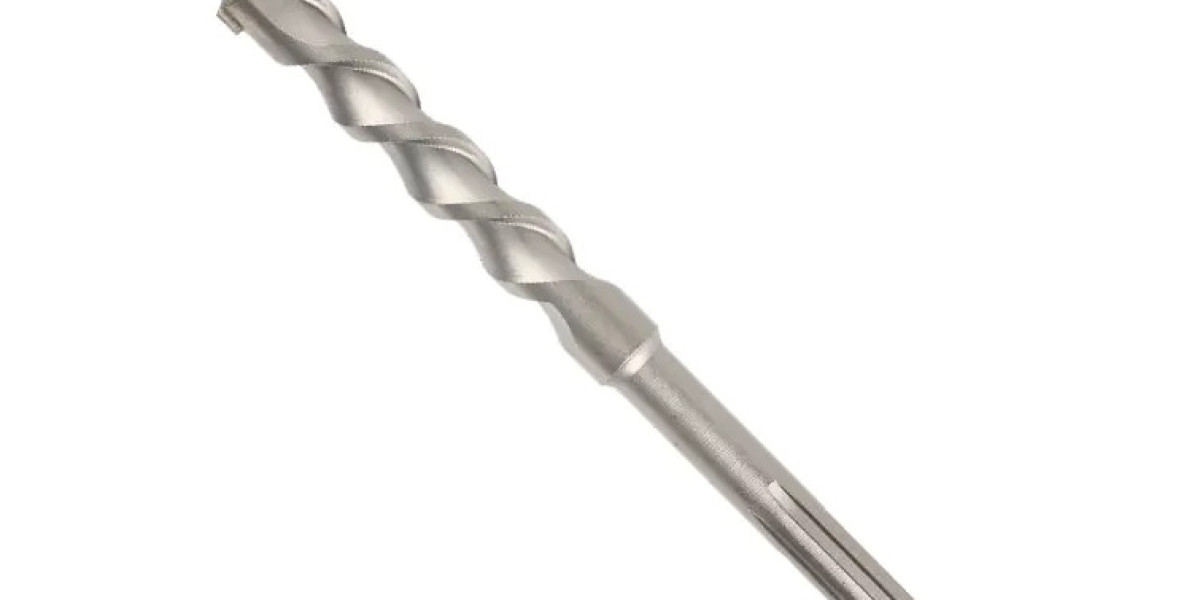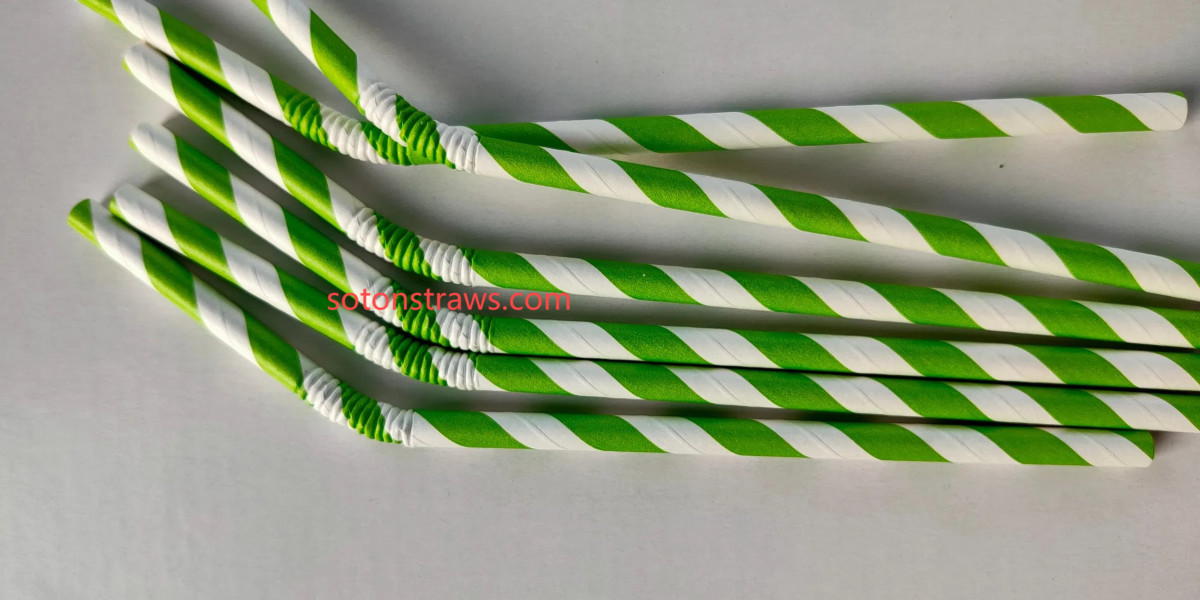The SDS Plus Hammer Drill is widely recognized for its effectiveness in drilling into concrete, masonry, and other dense materials. However, many users also consider its performance on softer or more malleable materials such as wood and metal. While it is technically possible to use the tool for these tasks, understanding its limitations and capabilities in these contexts is essential for maximizing efficiency and ensuring long-term tool performance.
Performance on Wood
In terms of wood drilling, the tool can handle the task, particularly if the material is dense hardwood or thick layered plywood. Its strong rotational force and percussive function may seem excessive, but when operated in rotary-only mode, it delivers steady results. Most models come with a setting that disables the hammer function, making it more suitable for woodworking.
However, because the SDS system is primarily designed for masonry drill bits, users must ensure they use compatible wood drill bits with an SDS Plus shank or utilize a chuck adapter to hold standard bits. Failure to do so can result in damage to the material or the drill itself. Moreover, the lack of precision compared to a standard wood drill may lead to splintering or over-penetration if not handled carefully.
Performance on Metal
When applied to metal, the tool is generally less suitable unless certain precautions are taken. Drilling into metal requires consistent speed control, minimal vibration, and high-speed steel (HSS) drill bits for clean penetration. While the SDS Plus Hammer Drill can operate in rotary-only mode, its motor and gear settings are typically not optimized for the slow, high-torque drilling that metals require.
That said, it can perform decently on soft or thin sheet metal, especially with the correct drill bit and speed setting. However, on hardened or thicker metals, the lack of variable speed control and the tendency to wobble slightly due to the SDS chuck design may cause uneven holes or premature bit wear. Also, heat generation in metal drilling is higher, and the tool may not provide sufficient cooling or torque management.
Practical Considerations
For professionals or DIY users looking for a versatile tool that can drill multiple materials occasionally, an SDS Plus Hammer Drill can be a serviceable option if used with the correct attachments and settings. However, if your work involves regular wood or metal drilling, a dedicated drill driver or a variable-speed power drill will offer better control, longevity, and accuracy.
In addition, frequent switching between materials can put additional wear on the chuck system, especially if non-SDS accessories are used without proper adapters. Users should always check manufacturer recommendations before attempting non-standard applications.
Conclusion
While not the ideal choice for wood and metal applications, the SDS Plus Hammer Drill can offer functional performance in these areas when operated correctly. For best results, always use appropriate drill bits, switch to rotary-only mode, and avoid using the hammer function unless working on concrete or stone. Its real strength remains in heavy-duty tasks, and for more precise wood or metal work, a specialized drill will likely yield better outcomes.
Product Features
1. Efficient Design
2. Compatibility
3. Enhanced Durability



